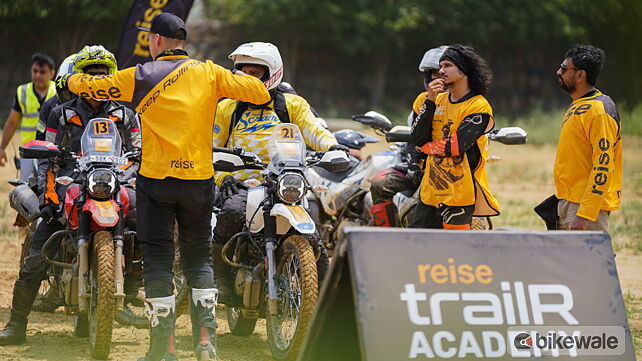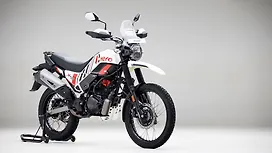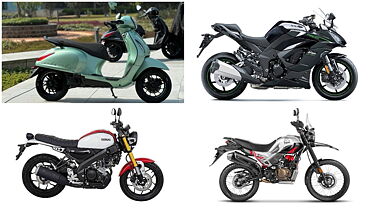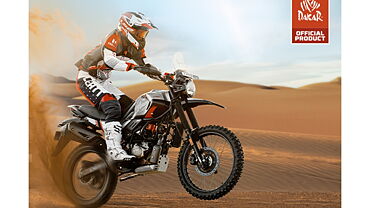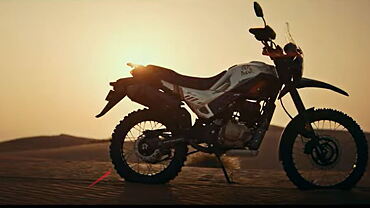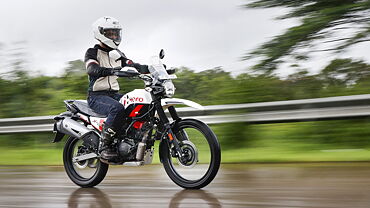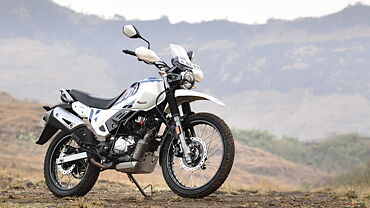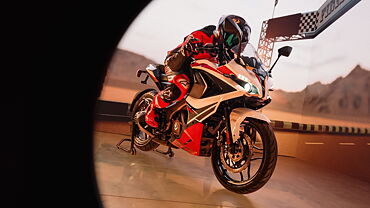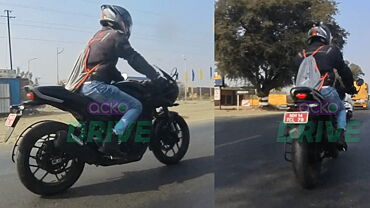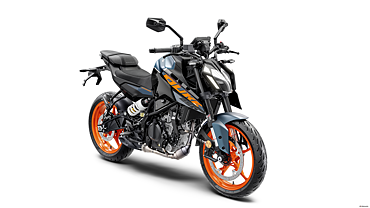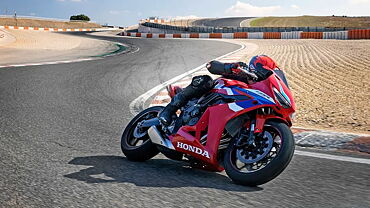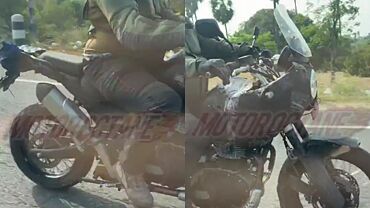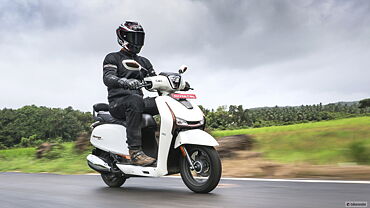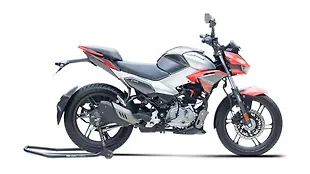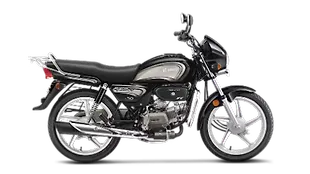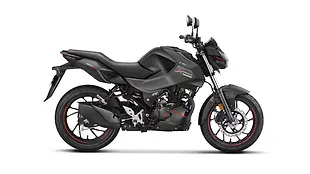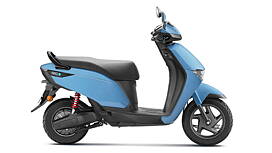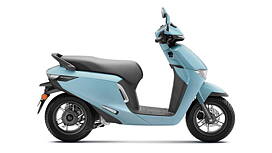Introduction

It’s been almost two decades since I went back to school. And this time around, I probably was the most excited I’ve ever been in my whole life. And, why wouldn’t I be? For one, this school included an off-road motorcycle, lots of dust, muck, and gravel, and expert off-road training from Dakar-winning and rally raid coaches. So, how did my first off-road school go? And, did I learn a few off-road riding skills? Let’s find out.
Reise Moto trailR Riding Academy

Before we begin, here’s a brief lowdown on what the trailR Academy is all about. Reise Moto aims at building a community for Indian off-road enthusiasts by providing them with a multi-level off-road training program that includes theory, practical sessions, various off-road drills and more. For this, the company has partnered with Hero MotoCorp and the weapon of choice to learn these off-road skills is none other than the Hero Xpulse 200 4V adventure motorcycle.
Day 1 - Braking, Body Position and Cornering
Theory and Motorcycle Setup

The day started with theory sessions on the basics of off-road riding, body position, and setting up the motorcycle controls to your individual preferences. The perfect body position is to place your toes on the footpegs and slide them ahead only while braking or shifting the gears, and using your legs to hold and balance the motorcycle. With the theory session done, it was time to put all the learnings to practice in Delhi’s sweltering 42-degree Celsius heat.
Braking and Throttle Control Drills
The braking drill was performed on a low traction surface, followed by a tight cornering section, and then throttle control over a straight patch of loose sand. The ideal breaking technique during off-roading is to use the rear brake in the tap-tap-tap method to slow down the motorcycle, take the corner with the desired line, and then throttle out on the loose sand. Our coach, Ashish Raorane, explained the drill to us and demonstrated the correct technique to do this.

After a few attempts, it became easy to perform this drill and I even managed to get the bike’s tail out on a few occasions despite the excellent grip offered by the Reise TrailR tyres. The trickier part was to find traction on the loose sand. The trick was to maintain the momentum and throttle out quickly so that the rear wheel finds traction and you don’t end up falling in the sand.
Body Position and Slalom Drills
Next up, two-time Dakar-winning coach Arunas Gelažninkas showed the correct body position and technique to perform the slalom test. But the twist here was to perform the slalom with one leg in the air for better control, followed by holding the bike with only the right hand.

Now, the key to performing the slalom test was to tip the bike in the opposite direction and counterbalance yourself. After some trial and error, I was able to do the slalom test with one hand, but the most difficult drill was the one-leg standing-up slalom test. Although I did manage to perform the slalom with my left leg off the bike, it was extremely difficult to do it with my right leg off the bike.

Cornering on Berms
In this drill, the coaches explained the technique corner on soft as well as hard-sand berms. While it is fairly easy to do it on a hard-sand berm wall, taking corners on soft-sand berms is trickier. The correct technique for cornering on berms is to take the central line, have the correct vision, tip the bike in the direction of the turn, and maintain the throttle till the corner exit. Having the correct vision helps you go in the direction of the turn.

However, it is a completely different ballgame on soft-sand berms. Here, the key is to follow the right line (ruts) and open the throttle just enough to have the perfect traction at the rear wheel. Of all the drills, this one was my favourite as I had to be extremely precise with the lines, vision and throttle position. With this, day one came to an end, and I was highly excited to know what was in store on day two.
Day 2 - Descends and Ascends, Slush Fest and More
Body Position on Descends and Ascends

Day two began with practical sessions on body position during descends and ascends. Here, Ashish Raorane explained and demonstrated the right technique for having the correct body position while going uphill and downhill. While going downhill, one should stand up on the pegs, cover the rear brake with his toes, and lean back to balance the motorcycle. It’s also extremely important to not depress the clutch as it disengages engine braking, which is essential while descending.

As you reach a level surface, you should sit closer to the tank and throttle out on the loose sand while going uphill. The outer leg should be placed firmly on the foot-peg, while the inner leg can be used to correct the line. I found it easier to go downhill, but ascending the loose sand pit required pinning the throttle to the stops, balancing the bike and taking the correct line to come out.

Concrete Blocks and Slush Fest
While it was a fairly simple task, having the correct vision is the key here. All you had to do was look far ahead and go over the concrete logs, and into the slush pit while trying not to end up eating some mud for lunch.

Rock Garden and Riding on Logs
Then, it was time for the rock garden, which probably was the scariest drill of all. Even a minor fall on these big rocks would render you with a broken arm or a leg. Thankfully for me, I didn’t face any issues here but did encounter a couple of hair-raising moments when my front wheel caught one of the large rocks.

On the other hand, riding between the wooden logs was rather technical. You had to ride the motorcycle between two wooden logs, and then balance it on a six-inch wide concrete block. It involved a lot of counterbalancing and maintaining the right momentum to go through it. In the first couple of attempts, I went past the wooden logs, but couldn’t balance the bike all the way on the concrete block. However, once I got the technique right, I did manage to cover both these obstacles without any falls.
Relay Race and Slow Race
After all the learnings and training sessions, we were subjected to a fun relay race, followed by a slow race. We were paired with a fellow rider and the off-road track was divided into two parts. Rider one would start the race and cover the first leg, tap his/her partner at the midway point, and then rider two would cover the second leg.

I had an excellent start to the race, according to Arunas. I navigated the tight corners, the slush pit, and the loose sand berms without much issue, and covered the first section in 44 seconds. However, my partner was a slow rider and he took it easy in the second section of the track. We finished the race in 5th place with a time of one minute and 42 seconds. The relay race was followed by a slow race, where we had to cover a section of the track in the slowest possible time without touching our feet to the ground. It was fun.

Conclusion

All in all, the two-day Reise Moto trailR Off-Road Academy was mad fun. The fact that I was manifesting to learn off-road riding, and got the opportunity to be trained by coaches like Ashish and Arunas is a dream come true. Not only did I hone my off-road riding skills, but these techniques will also help me be a better rider on the road.

A special mention must go to the Reise trailR tyres. The 50:50 road/off-road ratio works really well on trails. Plus, the directional crossover blocks and the Chevron tread pattern help immensely with good grip and control over loose surfaces.
Gallery
1/17
Hero Xpulse 200 4V Front View
Double Tap to Zoom

